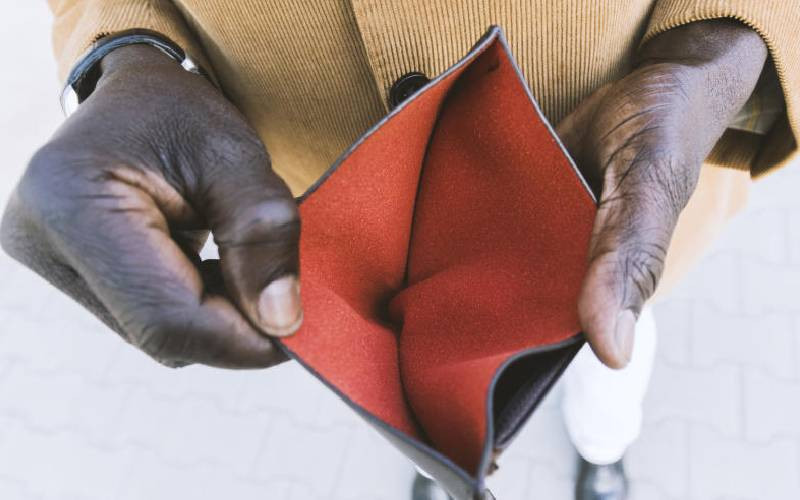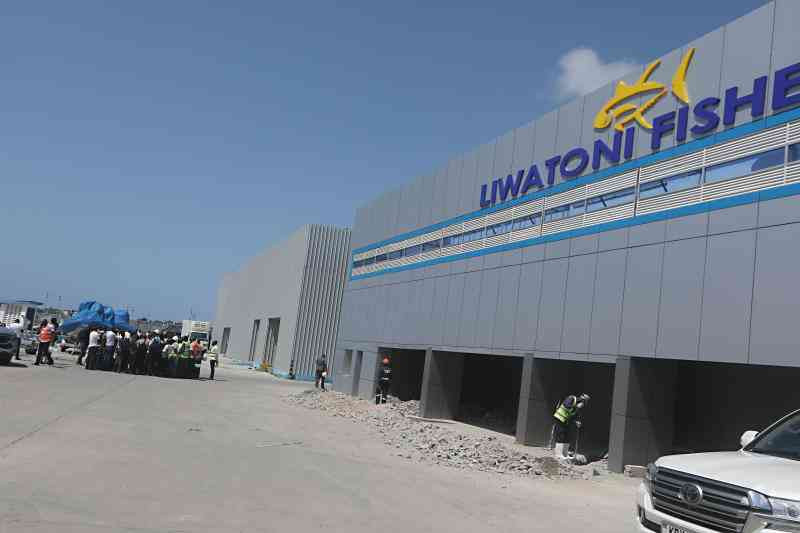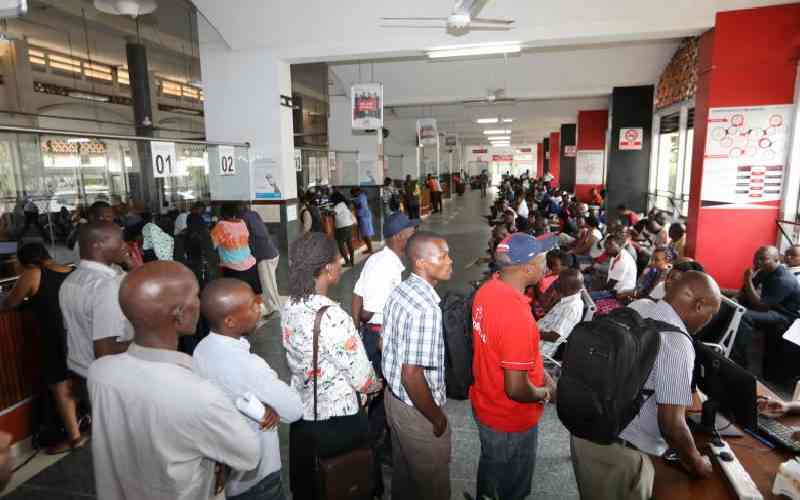×
The Standard e-Paper
Informed Minds Prefer The Standard

3d printer printing yellow small house [Courtesy]
You can today print your homework and a lot of other word documents in just a few seconds. But did you know that in just a few hours, you can also print a house to live in?







